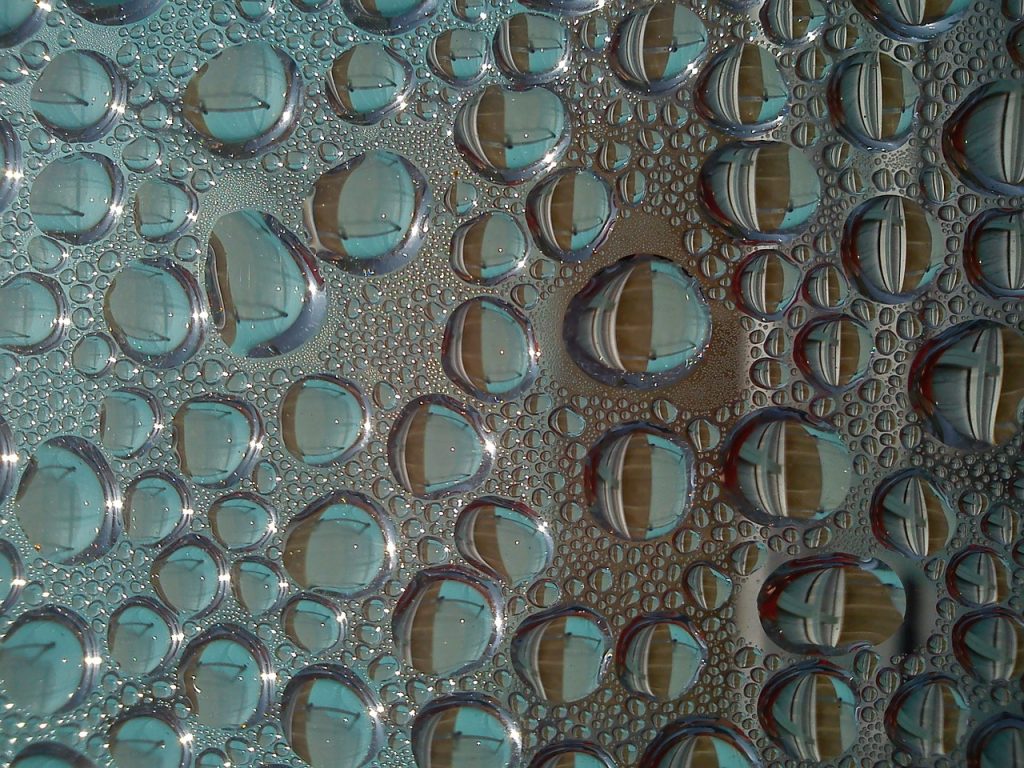
Do you find yourself constantly wiping condensation away from your windows and wondering what is going on? The chances are that you are suffering from one – or maybe more – of the many ways that your home is building up moisture in the air.
Make no mistake about it, this is a serious problem. Yes, it is irritating as that dampness in the atmosphere can make you feel damp, cold and uncomfortable – especially during the winter months. But there are other sever impacts, too.
Left untreated your condensation could lead to mold growth, which may end up causing breathing trouble for you and everyone else in your household. It can eventually end up causing structural damage, too. The good news is there are cures for everything, and in this guide we’re going to look at the most common causes of condensation to help you solve your rather moist conundrum.
The washer/dryer
One common cause is your washer dryer. It needs to be vented properly to ensure all that hot, humid air doesn’t stick around in your home – one load of washing can result half a gallon or so of water vapor into the air. Check your vents haven’t become tangled or blocked on their way out of the home – it happens a lot more frequently than you might think.
Air conditioning system
Without regular maintenance, the reality is that eventually you will be paying for air condition repair at some point in the future. Inspect your HVAC units often, looking for blocked vents, discoloration or corrosion. It’s a good idea to purchase a hygrometer, too, which will let you track your humidity to the smallest measurement.
Bathroom ventilation
Your bathroom and kitchen should have an air vent and extractor fan to remove moist air. But it’s a good idea to keep the door closed to prevent that moisture from going into another room, which isn’t built for damp. And also, to keep the window slightly open if possible, so that the humid air can escape at a quicker rate.
Outdoor drying
This can be tricky in the winter months, of course, but it’s a good idea to dry your clothes outside as much as possible. Ultimately indoor drying means that all the moisture from your soaking clothes will eventually evaporate into the atmosphere.
Breathing space in closets, cupboards and drawers
Another often forgotten area where moisture builds up is your closer, cupboards and drawers, both in the bedroom and in the kitchen. To ensure your clothes don’t start smelling musty, give them space to breathe and avoid overpacking – it’s a breeding ground for mold and bacteria. It’s the same for your kitchen utensils. Cramming all your pots or cutlery into a tiny drawer may end up causing mold to spread – and you don’t need to be a genius to work out why that will be problematic.

Condensation is a big problem in modern housing, and you cannot rely on your extraction fans or air conditioning to remove all of it. It takes a lot of work to get to the root of the problem and ensure it doesn’t return – hopefully the tips above can help.


